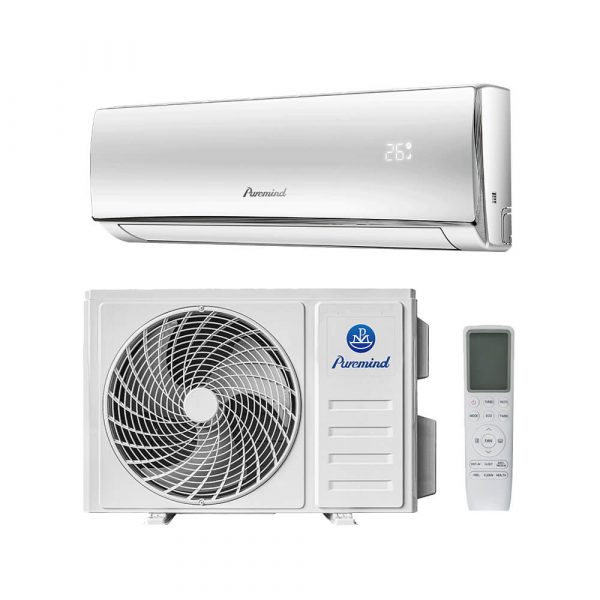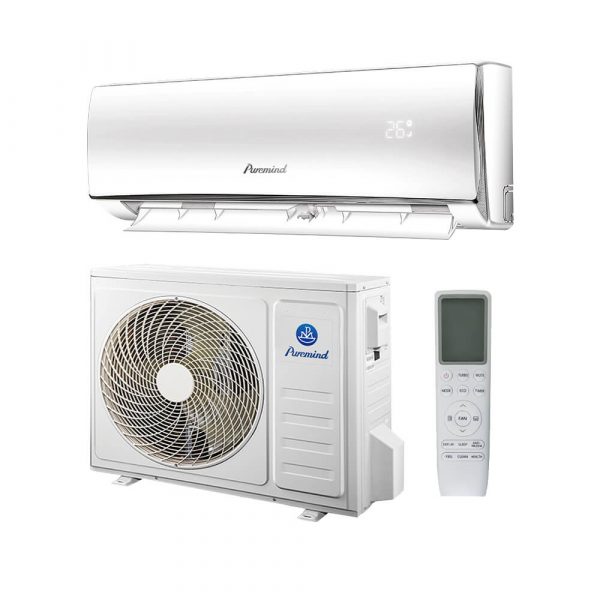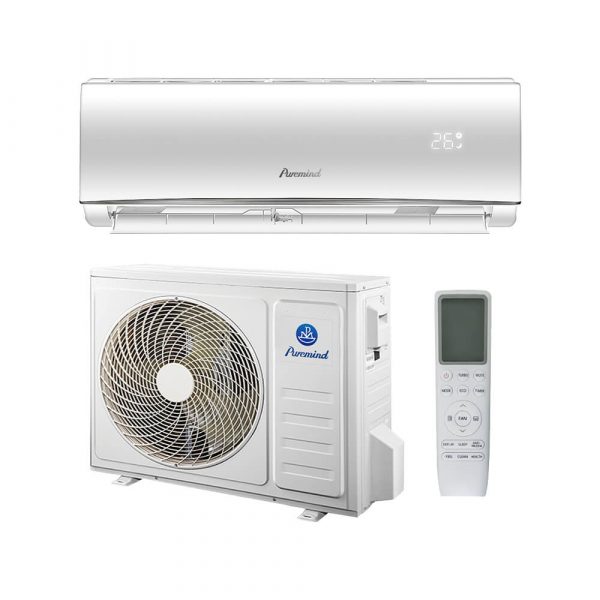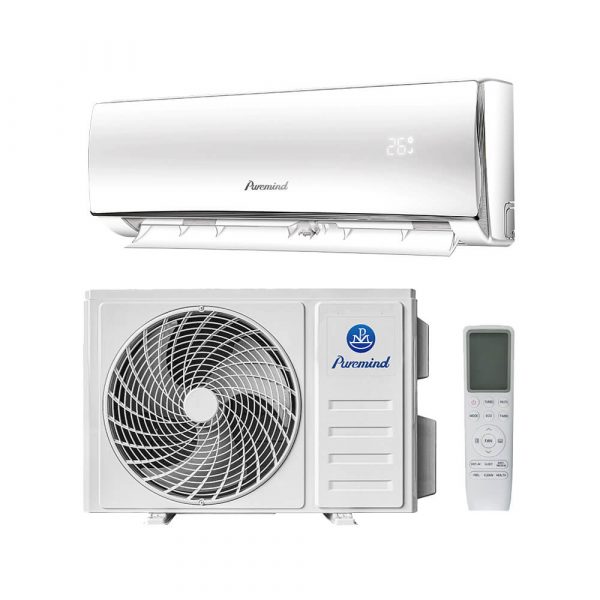Understanding the Mini-Split Ductless Air Conditioner: A Complete Guide
The mini-split ductless air conditioner has become a popular choice for homeowners and businesses looking for an energy-efficient, flexible alternative to traditional HVAC systems. Whether you’re renovating a single room, upgrading your entire home, or installing climate control in a commercial space, this system offers powerful, targeted comfort without the need for bulky ductwork.
What Is a Mini-Split Ductless Air Conditioner?
A mini-split ductless air conditioner is a type of HVAC system that cools (and often heats) specific zones or rooms without relying on centralized ductwork. The system is made up of two main parts:
- Indoor unit (air handler): Installed on the wall or ceiling of the room, this unit delivers conditioned air directly into the space.
- Outdoor unit (compressor/condenser): Located outside the building, it powers the refrigeration process.
The two units are connected via small refrigerant lines and electrical cables that require only a 3-inch hole in the wall—making installation minimally invasive compared to traditional ducted systems.
How Does It Work?
Mini-split systems operate using a refrigeration cycle, just like standard air conditioners. Here’s a simplified breakdown:
- The indoor unit draws in warm air from the room and passes it over evaporator coils filled with refrigerant.
- The refrigerant absorbs the heat and is then pumped to the outdoor unit.
- The outdoor unit expels the heat outside and returns the cooled refrigerant back indoors.
- The cycle continues until the desired room temperature is reached.
Many mini-splits also include a heat pump function, allowing for year-round use by reversing the refrigerant flow to provide heating during winter.
Benefits of a Mini-Split Ductless Air Conditioner
Choosing a mini-split ductless system offers numerous advantages:
1. Zoned Comfort
You can cool or heat individual rooms separately, helping reduce energy waste and allowing for personalized temperature settings in different areas.
2. Energy Efficiency
Mini-splits use inverter technology and avoid the energy loss associated with ductwork, which can account for 20-30% of energy consumption in central HVAC systems.
3. Easy Installation
Because there’s no need for ducts, installation is simpler and faster—ideal for renovations, additions, and buildings without pre-existing ductwork.
4. Quiet Operation
Indoor units run at noise levels as low as 20 decibels—quieter than a whisper—making them ideal for bedrooms, offices, and libraries.
5. Improved Air Quality
Many mini-splits come with advanced multi-stage filtration systems to trap dust, allergens, and bacteria, enhancing indoor air quality.
Common Applications
Mini-split ductless systems are highly versatile and suitable for a wide range of scenarios:
- Homes without existing ducts
- Room additions, garages, or attics
- Commercial spaces like offices, salons, or clinics
- Multi-family dwellings with separate temperature zones
Key Features to Look For
When shopping for a mini-split ductless air conditioner, consider these features:
- BTU Capacity: Ensure the system is correctly sized for the room or zone it will serve.
- SEER Rating: Higher SEER (Seasonal Energy Efficiency Ratio) means better energy efficiency.
- Multi-zone Capability: If you want to control several rooms, look for systems that support 2 to 5 zones or more.
- Wi-Fi Compatibility: Many modern units offer smartphone apps for remote control and scheduling.
- Heating Function: A heat pump feature allows for both heating and cooling.
Maintenance Tips
To ensure long-term performance and efficiency, regular maintenance is essential:
- Clean air filters every 3–4 weeks
- Check for refrigerant leaks annually
- Keep the outdoor unit free of leaves and debris
- Schedule professional maintenance at least once per year
Cost Overview
The cost of a mini-split ductless system depends on the brand, number of zones, and installation complexity:
- Single-zone systems: $1,500–$3,000 (including installation)
- Multi-zone systems: $3,500–$8,000+
- Installation: $500–$2,500 depending on the setup
Though the upfront cost is higher than window units or portable ACs, mini-splits offer superior long-term savings and performance.
Where to Buy Quality Systems
Mini-split systems are available through big box stores, HVAC dealers, and direct manufacturers. For those seeking reliability, customizable options, or commercial-grade solutions, Puremind offers a wide range of mini-split ductless air conditioners designed for durability and performance.
Conclusion
The mini-split ductless air conditioner is a modern, efficient, and highly customizable solution for today’s indoor climate challenges. Its flexibility in installation, quiet operation, and zoning capabilities make it ideal for homes, offices, and businesses alike. Whether you’re replacing an outdated system or starting fresh in a new space, investing in a quality mini-split system can greatly enhance comfort while reducing energy costs.
Want to explore high-performance ductless systems? Browse Puremind’s full range of split air conditioners for premium options and professional support.







